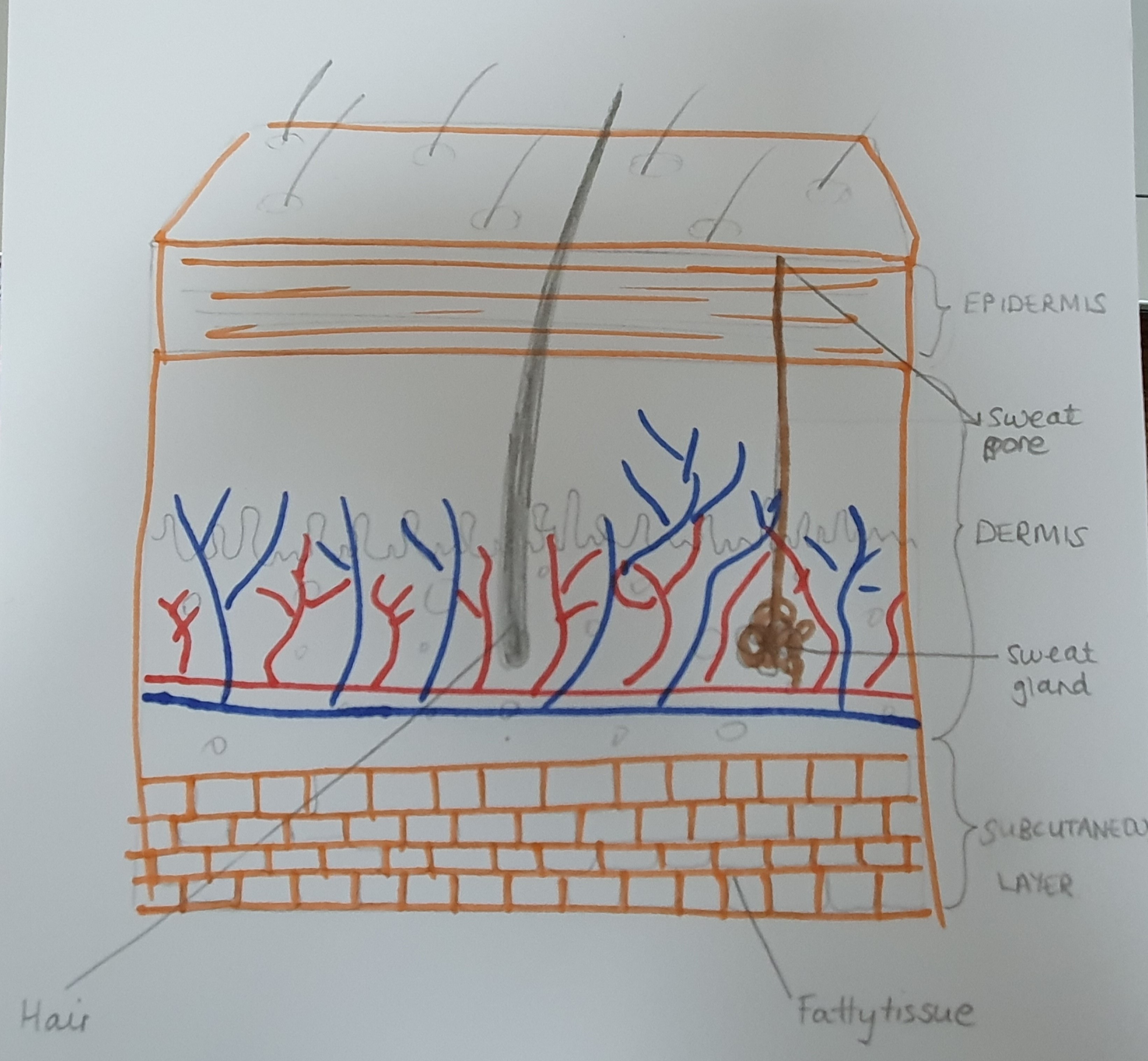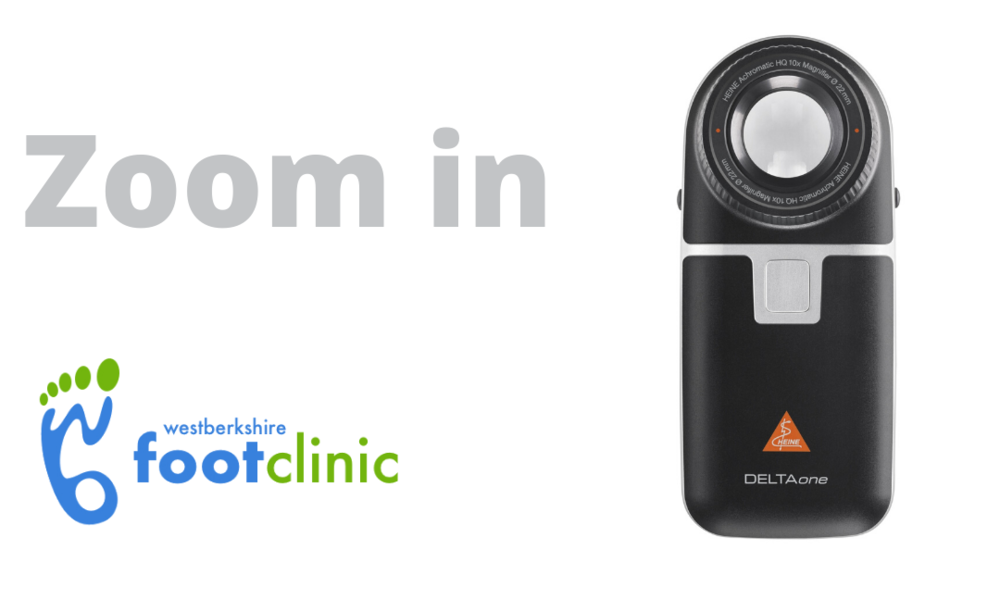Like all skin, the skin on our feet is a complex surface, with the likes of moles, freckles, birth marks as well as verrucae, corns and fungus. As the skin is biologically active, it is constantly changing. Lots of these changes are impossible to see with the naked eye, let alone track. However, these changes can have major consequences.
By magnifying the skin, using polarised and non-polarised light, the Dermatoscope is a tool that allows you to look through the dermal layer of the skin at the finer details, helping you track any minute changes.
Dermatoscope has allowed a 15 x increase in detection of skin cancers
Normal light often obscures these details, which means different lesions often look similar to the naked eye, but can appear very different under magnification. By looking deeper through the skin, the Dermatoscope also helps to identify the depth of a lesion and where the pigment layer lies.


The Dermatoscope is key to making a correct diagnosis, helping the Podiatrist differentiate between a bruised nail or a nail melanoma, or a corn masquerading as a verruca.
While we won’t be using the Dermatoscope to diagnose skin cancer – we’ll leave that to the specialists in that field – it will aid us in instances where we cannot be sure, on first examination with the naked eye, what something is. By getting a closer look at the structures of the skin, we’re better able monitor particular lesions and view new pigmented lesions on the foot. This helps us to make a referral to a skin specialist for further examination, speeding up the detection of skin conditions that require additional treatment.

40% of all skin cancers do not have any pigment in them, i.e. they do not appear like a mole.
If you would like us to examine a foot lesion in more detail, contact us today, to let us get a clear diagnosis and treatment plan for you. We look forward to welcoming you to our clinic soon.


